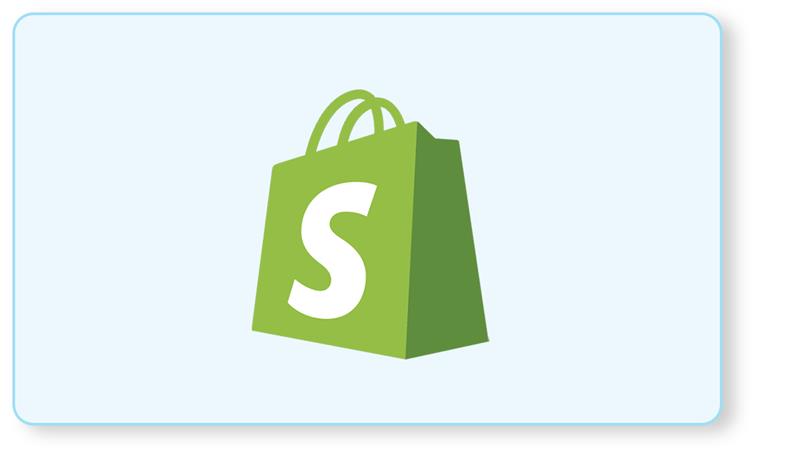A Complete Guide on How React Native App Works?
React Native (also known as RN) is a modern and successful JavaScript-based mobile app framework that enables you to build natively-rendered mobile apps for iOS and Android. The framework allows you to build an application for multiple platforms by using the same codebase.
React Native was introduced by Facebook as the best open-source project in 2015. In just a few years, it became one of the top solutions used for mobile development. React Native development is used to rule some of the world’s leading mobile apps, including Facebook, Instagram, and Skype.
React vs. React Native
React Native isn’t a ‘unique’ version of React in the most straightforward terms, although React Native does use it.
React, also known as ReactJS, is a JavaScript library used for creating the frontend of a website. Similar to React Native, it was also designed by Facebook’s engineering team.
React Native – which React powers – allows developers to instantly use UI components to compile and launch iOS and Android apps.
Both React and React Native use a blend of JavaScript and a unique markup language, JSX.
What is cross-platform development?
Cross-platform development is the custom of building software compatible with more than one kind of hardware platform. A cross-platform application can operate on Linux, Microsoft Windows, and macOS, or just two of them.
Here are the common features of this cross-platform that helps you to develop a high-end mobile app.
Wider Audience
You don’t have to choose which audience to target, i.e., iOS or Android users, as cross-platform software works on both, which gives you access to a broader user base.
Platform Consistency
We all know when it comes to navigation and design; there are differences between iOS and Android. These issues can be dealt with when it comes to cross-platform development. All thanks to the shared codebase! This helps create a consistent app brand name on both platforms with minimum effort than if made on native.
Reusable Code
This is one of the most significant benefits of cross-platform development – you can create just one codebase for both Android and iOS at the same time. Native app development needs writing code distinctly and often needs two different software developers to complete the job – one for iOS and one for Android.
Faster Development
Since just one codebase is needed to handle iOS and Android, and everything is in one spot, product development is much faster. Cross-platform applications are created as single projects, even though they support various devices, and a great amount of code can be reused between platforms.
Reduced Costs
Developing cross-platform applications can be 30% cheaper than native apps, all thanks to reuse code and faster development capability, which directly affects the cost.
What you’ve learned so far might drive you to think that cross-platform development is perfect, and it is to some extent.
How does React Native work?
Now that we’ve explained cross-platform development, let’s take a peek at the mechanics of React Native and how it’s distinct from anything we’ve seen before.
Don’t worry if you’re not a technical person – we’re going to resolve this in layman’s terms.
As discussed earlier, React Native is written with a blend of JavaScript and JXL, a unique markup code resemblant to XML. The framework can interact with both realms – JavaScript-based threads and existing, native app threads.
How does this discussion work? React Native uses a so-called “bridge.” While JavaScript and Native threads are written in entirely distinct languages, it’s the bridge feature that offers bidirectional communication possible.
Benefits of React Native
- Code reusability – cross-platform development
- Large developer community
- Cost efficiency
- Fast refresh
- Simple UI
- Fast applications
- Future-proof
If you’re looking for a reliable company like us, Hire our React Native App Developers today:





